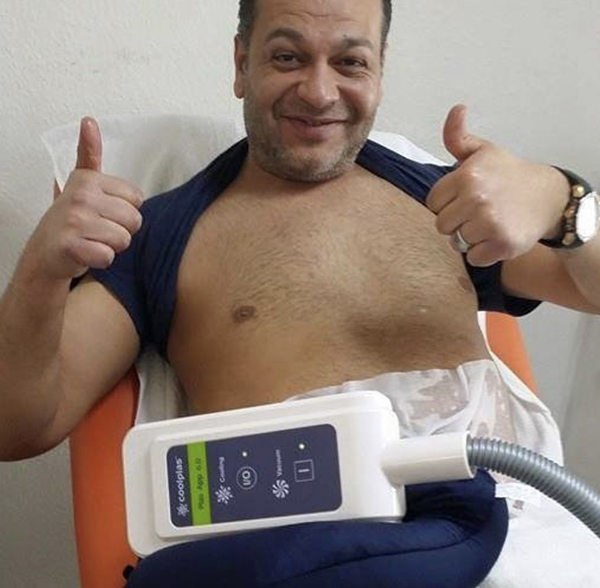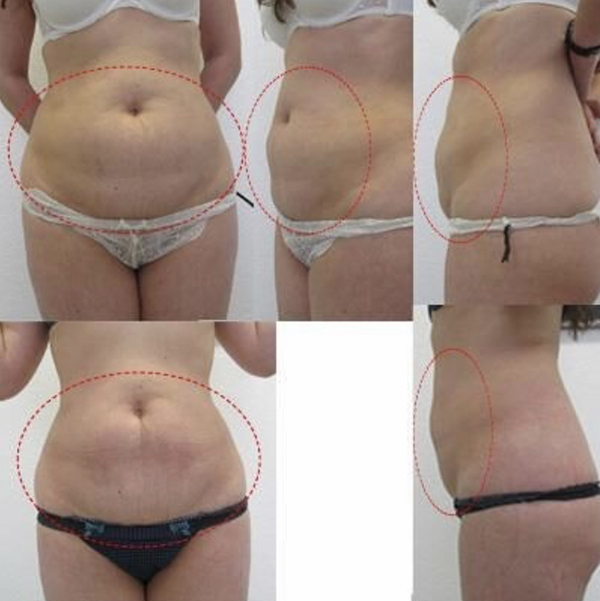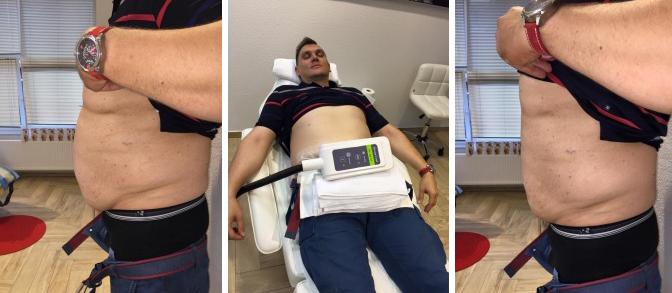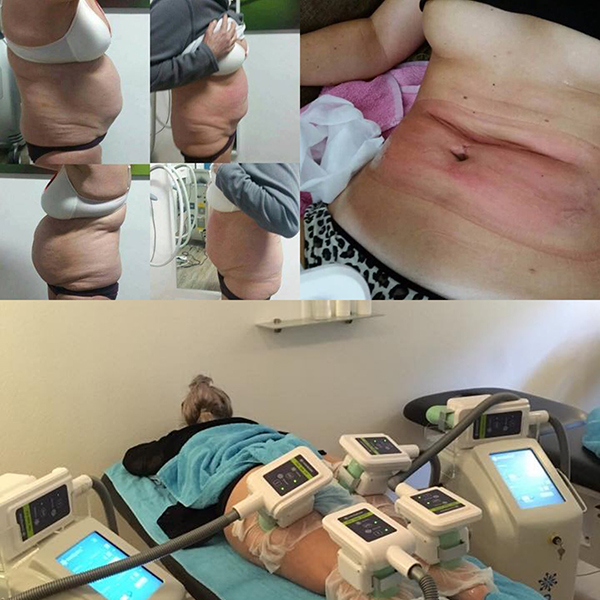Say goodbye to fat cells. Forever.
CoolLipo is the newest fat freezing technology offered first at Advanced Dermatology. CoolLipo Fat Freezing works on the basis of cryolipolysis. CoolLipo is a non-invasive procedure that eliminates stubborn fat with no surgery or downtime. Results are proven and long-lasting – once the fat is gone, it is gone for good!
How does it work?
CoolLipo technology safely delivers precisely controlled cooling to gently and effectively target the fat cells. The treated fat cells are then crystalised (frozen), and then die. Over time your body will process the fat and eliminate these dead cells to leave a more sculpted you. There is no knife, no needles or no lasers. After we determine the areas of opportunities, the applicator is positioned on the selected area and controlled cooling is applied. Typically you will see a noticeable reduction of up to 20-25% fat in the treated area after one visit. Each session will last for approximately 60 minutes. The result is a noticeable, natural-looking fat reduction.
What can I expect?
Some patients see results in as little as 3 weeks, however the most striking results are usually seen 1-3 months post treatment. After one session, you will typically see a 20% visible reduction of fat in the treated area. Results will continue to improve with additional treatments. Ultimately, the number of treatments is dependent on each patient’s individual circumstances and characteristics.
Our patients are reporting that they love the sculpting effects of CoolLipo on their bodies. Many are seeing slimmer hips and flatter tummies; and those who have inner thighs that rub against each other love the freedom that comes with fat reduction in this area.
CoolLipo Target Areas
FOR BOTH MEN AND WOMEN
The Fat Freezing procedure uses a non-invasive vacuum applicator to draw in tissue and deliver controlled cooling at the surface of the skin. The procedure is for spot reduction of fat. It is not a weight-loss solution and it does not replace traditional methods such as liposuction. Someone who is overweight can expect to see less visible improvement than someone who has smaller fat deposits. Clinical studies have shown that Fat Freezing will naturally remove fat cells but, as with most procedures, visible results will vary from person to person. Initial
What you can expect:
- The suction pressure may cause sensations of deep pulling, tugging and pinching. You may experience intense stinging, tingling, aching or cramping as the treatment begins. These sensations generally subside as the area becomes numb.
- The treated area may look or feel stiff after the procedure and transient blanching (temporary whitening of the skin) may occur. You may feel a sense of nausea or dizziness as your body naturally warms and sensation returns to your treatment area. These are all normal reactions that typically resolve within minutes.
- Bruising, swelling, and tenderness can occur in the treated area and it may appear red for a few hours after the applicator is removed.
- You may feel a dulling of sensation in the treated area that can last for several weeks after your procedure. Other changes- including deep itching, tingling, numbness, tenderness to the touch, pain in the treated area, strong cramping, muscle spasms, aching and/or soreness- also have been reported after a Fat Freezing treatment.
- Patient experiences will differ. Some patients may experience a delayed onset of the previously mentioned occurrences. Contact us immediately if any unusual side effects occur or if symptoms worsen over time.
- You may start to see changes as early as three weeks after Fat Freezing, and you will experience the most dramatic results after one to three months. Your body will continue naturally to process the injured fat cells from your body for approximately four months after your procedure.
- You may decide that additional treatments are needed to reach your desired outcome.
In rare cases, patients have reported hardness, discrete nodules or enlargement of the treatment area.




